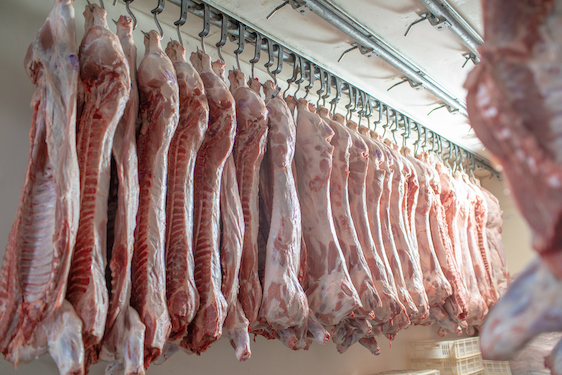Emerging trends in cold chain within the meat industry
Many publications are released annually to document and forecast the evolving trends in the global meat industry. Typically, these trends highlight shifts in consumer preferences, global supply chain challenges, and fluctuating trade relations specific to meat products and production. This article delves into four of the most significant of these trends, providing insights and analysis on their impact across many African markets.
1. Sustainability focus
Meat producers are under increasing pressure to reduce their carbon footprint and overall environmental impact. This has and will continue to lead to the adoption of sustainable practices and the exploration of improved livestock management practices. The cold chain industry is also under pressure to become more energy-efficient and sustainable.
Additionally, investments in renewable energy sources, such as solar-powered cold rooms, and environmentally friendly refrigerants are on the rise. To adapt to this, InspiraFarms Cooling continues to use designs, engineering, and technology to lower energy consumption, alongside options to power your cold rooms with three-phase electric power (a mix of grid, solar, and diesel backup)
2. Transparency and Traceability:
With increasing consumer demand for knowledge about where their food comes from, there’s been a push for enhanced traceability in the meat supply chain. Customers are increasingly demanding more information about how and where the livestock was raised and processed — not just from a nutritional standpoint, but also about food safety practices, animal care practices, environmental impact, and worker safety. While this trend has been growing over the past several years, it has gained significant traction recently.
As a growing number of individuals examine labels and packaging to understand the origin and production process of their food, transparency will become increasingly vital to the reputation of a meat producer. The positive aspect is that technology-driven meat traceability can be straightforward, and its advantages are significant. It not only boosts food safety and reduces product recalls, but also improves inventory management and elevates customer service.
3. Enhanced cold chain monitoring
Real-time temperature monitoring solutions and IoT (Internet of Things) devices ensure that meat products are stored and transported within safe temperature ranges. With the growth of the meat industry and the increased need for cold storage, there’s significant investment in expanding and modernising cold storage facilities, both in developed and developing countries to:
- Give full transparency on conditions inside and outside the cold room to achieve the highest possible product quality.
- Generate the key data required to optimise post-harvest operations, cooling performance and track energy consumption.
- Offer diagnostics and remote support for your cooling technology to increase uptime and optimise the performance of your machine.
To adapt to this transition, InspiraFarms Cooling provides a remote monitoring system (InspiraConnect) integrated with a data cloud system (InspiraCoolCloud), which comes with a user-friendly online platform that works on any mobile or desktop device, allowing the instant share of detailed data and reports, to give full transparency on conditions inside the chiller or freezer. Are you interested in equipping your cooling solution with remote monitoring? Read more here.
4. Rising middle class and urbanisation
The growth of urbanisation and the middle class is increasingly bringing along new consumer habits and increasing demand for chilled and frozen foods. The convenience of pre-slaughtered and frozen meats is becoming the preferred way of purchasing meats by many urban African consumers. As people migrate to urban areas, they often have access to higher-paying jobs and, consequently, increased disposable incomes. This economic elevation allows them to afford more protein-rich diets, including processed and quality meat.
With more people preferring quick and convenient food options, this consumer trend underscores the significance of investing in the cold chain at every step of the journey.
In conclusion
As evidenced in this article, factors such as the emphasis on sustainable practices, the demand for transparency and traceability, the technological advancements in cold chain monitoring, and the socio-economic shifts influenced by urbanisation, are collectively shaping the future of the industry, especially within the African markets. These trends not only shed light on the evolving nature of meat production and consumption but also emphasis the importance for industry stakeholders to adapt and innovate.



